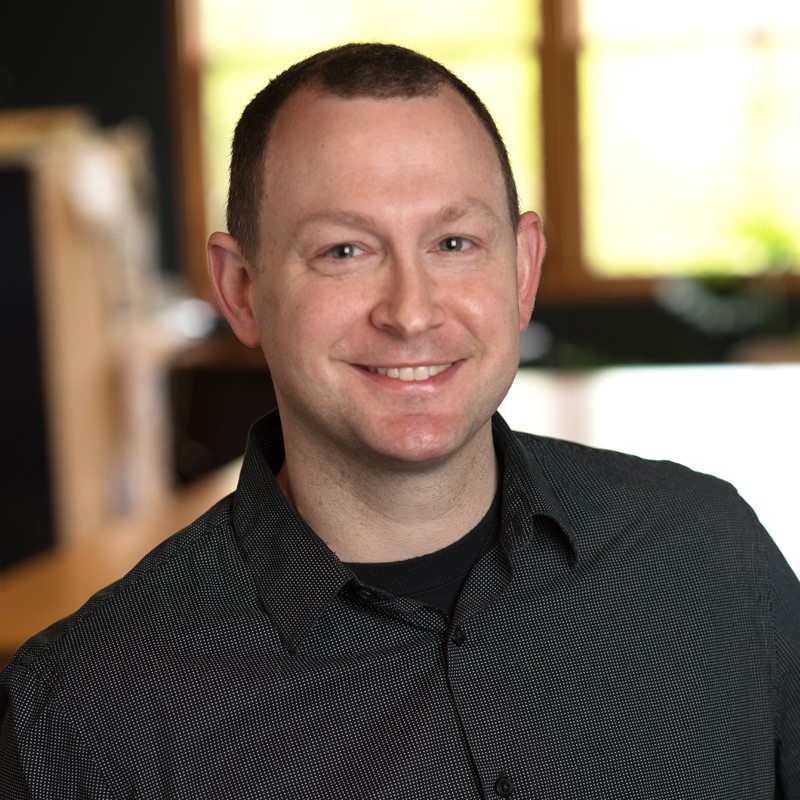 | 1 LU / HSW |
 | 1 LU / HSW |
Federal Way Public Schools is Washington State’s most diverse school district. District leadership, the superintendent, and the board of directors had been learning collectively and implementing a strategic plan that addresses systemic challenges for their scholars. A new building for Olympic View K-8 was designed entirely during the restrictions of COVID-19 and heightened awareness of disproportionate challenges that it brought. Belonging and equity were prominent in the listening exercises the team conducted, and the design of a new building was a call to address them. The new Olympic View K-8 is envisioned as a multicultural hub to fully meet the unique learning needs of each student. The playground is reimagined as a park, delivering immersive outdoor learning during the day while providing missing neighborhood amenities for community use after hours. Personalized learning design features provide opportunities for self-expression, reflection, and representation for a population with 86% students of color. Biophilic design advances the district’s sustainability goals with special attention given to scholar and teacher wellbeing. Nature is literally brought inside with natural finishes, abundant daylight, and a Whole Child Tree. Hear from extraordinary educational leaders about their experiences of improving opportunities for students of color and other marginalized communities. The presenters include members of the design team, the director of capital projects (himself an educator) and the Superintendent who championed equity for Federal Way Public Schools’ scholars and their families. We will share our learning about how inequity is manifest in the learning environment and the institution of school. We will share our exploration of how a school can play a meaningful role in creating a cohesive and safe neighborhood, and transformational experiences for scholars. We will reserve time in the session for a conversation about how the design of schools, and the process of design, can make a difference.
Learning Objectives:

Aaron is McGranahan’s Director of Design. He approaches his role with a strong desire for collaboration between the owner and design teams. Aaron is driven by the creative aspects of design, especially those which involve helping the community enjoy participating in a process of imagining places where people can connect. Working with the community helps Aaron to understand the diversity of challenges and goals of those who will learn, play and work at the places being created.

Michael is McGranahan’s Director of Learning Environments, leading the firm’s efforts to understand the intersection of place-making and equity. For more than 35 years Michael has explored how well-crafted environments can make meaningful contributions to learning, including consideration of inequities that some students face more than others. Guiding people through early planning, empathetic engagement and thoughtful, inclusive design, each project is an opportunity to learn from and collectively inspire all who are involved.
The built and natural environments have profound impacts on our behaviors both for better and worse. How do we cultivate a sense of place for better? How might the built and natural environments be made to enhance teaching and learning? How might school buildings and grounds foster a sense of community by reflecting those they serve?
Primary Core Competency
Design of Educational Facilities: Acts as a resource to the design team in providing ongoing guidance and support to ensure that the emerging and ultimate design aligns with the established community vision, education goals, future programming, written design standards, best/next practices and education policy.
Learning Units/Health, Safety, Welfare (LU/HSW)
The presentation focuses on the wellbeing of students who experience the inequities of systemic inequality. The school design addresses healthful benefits of fostering a sense of belonging, expression of diverse personal identities, biophilia and access to nature. All these are in the service of the health, safety and welfare of students and will constitute more than 75% of the presentation content.